The Power of Pretend Play: How Make-Believe Helps Your Child Grow
Sarah and Rachel are four and five. Every week, they meet at Beyond Play and head straight for the grocery store playhouse. They grab a little basket, toss in some pretend sugar and hot dogs, then push their cart to the cashier. One of them rings up the groceries, the other packs the bags. When they’re done, they head “home,” just like they’ve seen their parents do.
It’s simple. It’s sweet. And it’s teaching them more than we might realize.
This is the magic of pretend play.
What Is Pretend Play?
Pretend play, also known as imaginative or make-believe play, is when children use their imagination to act out stories and take on different roles. It often involves using everyday objects as props and exploring made-up scenarios—whether it’s running a store, flying to space, or hosting a tea party with stuffed animals. Through this kind of play, children are learning how the world works and discovering where they fit in it.
How Pretend Play Starts and Evolves
Age 2: Life Imitation Begins
Children start mimicking everyday routines. A teddy gets tucked into bed. A doll is fed with an empty spoon. These early moments are more than adorable. They help young children understand daily life and routines.Age 3: Imagination Ignites
Ordinary objects start to take on new meanings. A wooden block becomes a phone. A towel transforms into a superhero cape. Children begin to see not just what things are, but what they could be.Ages 3 to 5: Play Becomes Social and Layered
Pretend play becomes more collaborative. Children build pretend worlds with friends, assign roles, and create ongoing storylines. Their social and emotional development thrives during this stage.Ages 5 and Up: Structure and Strategy Emerge
As kids grow, their play becomes more organized. They take on roles in games like “school,” “store,” or “restaurant.” These activities involve planning, collaboration, and rule-following. Stories may continue across several play sessions, with recurring characters and detailed plots. This kind of play boosts memory, communication, and cognitive skills.
What’s Happening in the Brain?
Pretend play may look simple on the outside, but it’s lighting up all kinds of activity in your child’s brain. Here’s what’s going on:
Building Brain Connections
Creating stories and shifting between roles helps children form neural pathways. These connections support memory, communication, and critical thinking.Strengthening Emotional Intelligence
When children pretend to be a doctor, a parent, or a teacher, they are practicing empathy and learning how to care for others. These small, pretend moments can grow big hearts.Activating Social Awareness
Even solo play with dolls or action figures can stimulate areas of the brain related to social understanding and emotional growth.Understanding Adult Roles
Children are always observing. Pretend play gives them a way to try out what they see in real life—cooking, working, or helping someone in need. This helps them process and explore the world around them.Encouraging Deep Thinking
Imaginative play challenges children to think in new ways, come up with ideas, and solve problems. These moments stretch their creativity and build confidence.
The Benefits of Pretend Play
Creativity
A cardboard box becomes a spaceship. A blanket turns into a superhero cape. Pretend play sparks imagination, encourages new ideas, and helps children think creatively.
Confidence
When children take on different roles, they step into new situations and make choices. Whether they’re a firefighter or a veterinarian, they practice decision-making and gain a sense of accomplishment.Language Development
Pretend play is full of conversation. Kids tell stories, explain ideas, and work through dialogue. This helps them grow their vocabulary and learn how to express themselves clearly.Problem-Solving
Children face all sorts of mini challenges in pretend scenarios. They might need to “rescue” a toy or figure out how to run a pretend restaurant. These situations help them think critically and understand consequences.Teamwork and Flexibility
When playing with others, kids learn to share, compromise, and collaborate. They adapt to new ideas and work through disagreements—important skills for relationships and social development.Emotional Expression
Pretend play gives children a safe way to explore and express feelings. They can act out fear, joy, anger, or excitement, which helps them understand their emotions and build emotional resilience.
A Place Where Play Comes to Life
At Beyond Play, we’ve created spaces where all of this can happen—where imagination blooms and learning feels like magic. Our playhouses—from the grocery store and bakery café to the fire station—are designed to spark creativity and connection. Each setup invites children to imagine, explore, and grow in a world that feels just right for them.
So next time your little one is packing groceries, baking cupcakes, or putting out a pretend fire, remember: it’s more than just play.
It’s confidence-building.
It’s relationship-building.
It’s learning in its most magical form.
And we’re here for it.
